Report this entry
More from the same community-collection
Cathedral High School — Irish Run April 10-12, 2014
The Irish Run was a brain storming idea between Tom ...
Cathedral High School — Irish Run April 10-12, 2014
Irene Pistella left, Cathedral Mother and Director of the the ...
Cathedral High School — Irish Run April 10-12, 2014
Eddie Ochoa’s, CHS c/o 1955, daughter making sure that the ...
Cathedral High School - Irish Run 10 April 2014
CHS Mother helper at the Irish Run on April 10, 2014.
Cathedral High School - Irish Run 10 April 2014
19 Isabel Fuentes a prime organizer and helper of the Irish ...
Cathedral High School - Irish Run 10 April 2014
23 Eddie Ochoa CHS c/o 55, now a grandfather helping out the ...
Cathedral High School - Irish Run 10 April 2014
24 left, Irene Pistella, a CHS Mother, and Director of the 2014 ...
Cathedral High School - Irish Run 10 April 2014
27 Early Sunday Morning the beginning of race day at the Parking ...
Cathedral High School - Irish Run 10 April 2014
33 Volunteer George Cisneros CHS Graduate c/o 1970's, and owner ...
Twins and family, Irish Run, El Paso, TX 2017
Family in parking lot Cathedral High, El Paso, TX circa 2007. ...
Cathedral High School - Irish Run 10 April 2014
38 Ticket counters and participants get ready for the race
Cathedral High School - Irish Run 10 April 2014
39 El Paso " finest" getting ready for the big race. To day ...
Cathedral High School - Irish Run 10 April 2014
Cathedral High School - Irish Run 10 April 2014, Since he is ...
Cathedral High School - Irish Run 10 April 2014
Cathedral High School - Irish Run 10 April 2014 Many ...
Brother A. Benedict, Principal Cathedral High
Mr. R. J. Carson coach, and Rev. Brother A. Benedict, early ...
Cathedral High, Brother Basil, Principal
Cathedral High, Rev. Brother Basil, principal, and Rev. Brother ...
Brother Manuel, Christian Brother, El Paso, TX, circa 1933
Brother Manuel, Christian Brother circa 1933























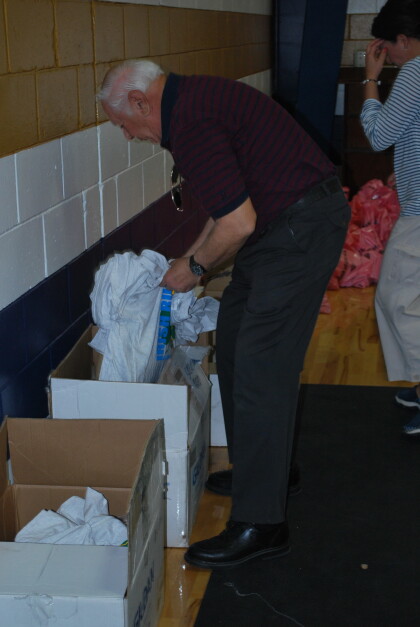

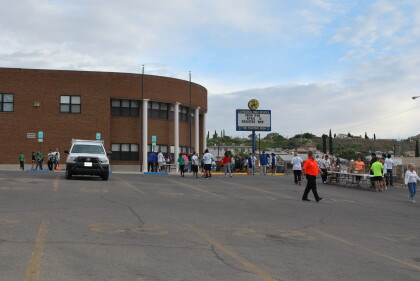
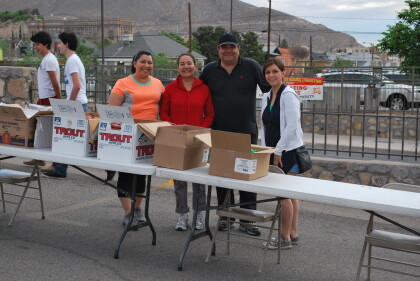

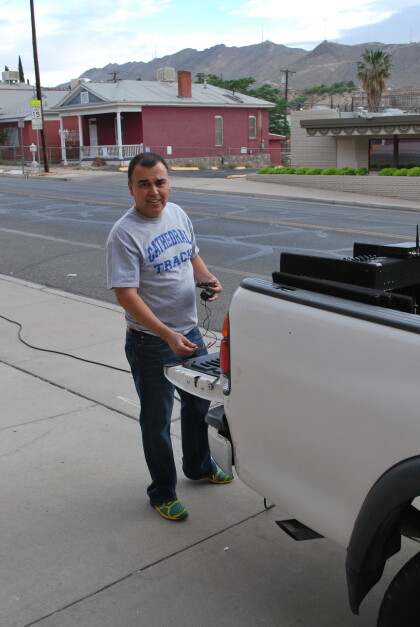
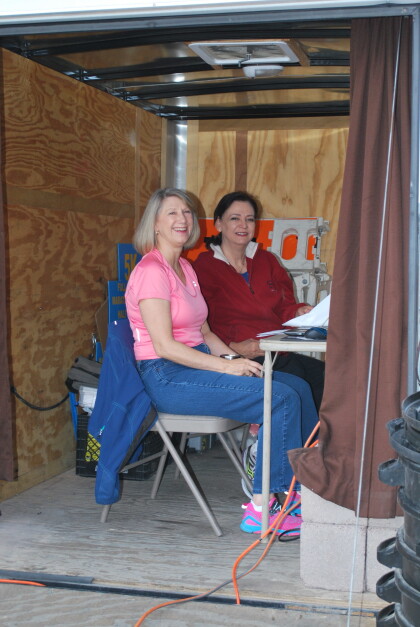

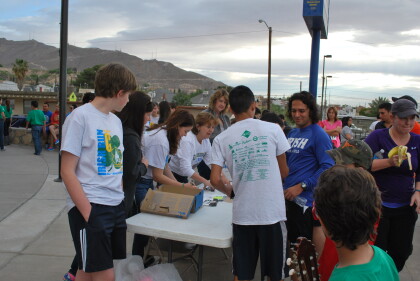
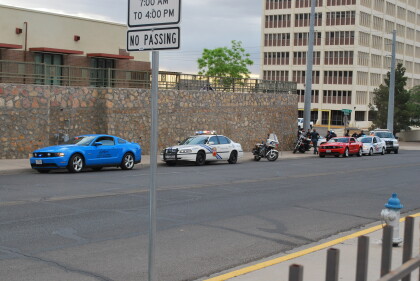
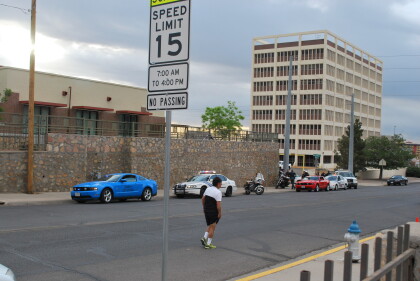
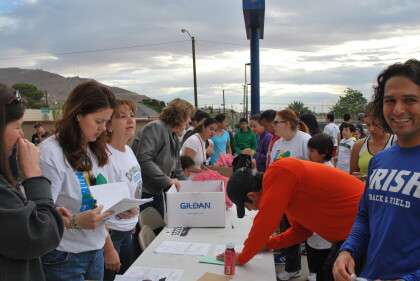
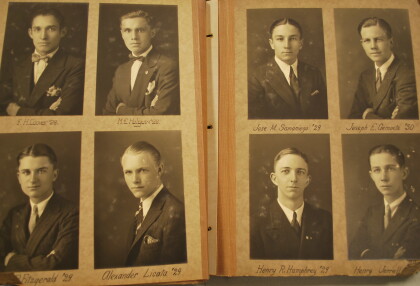
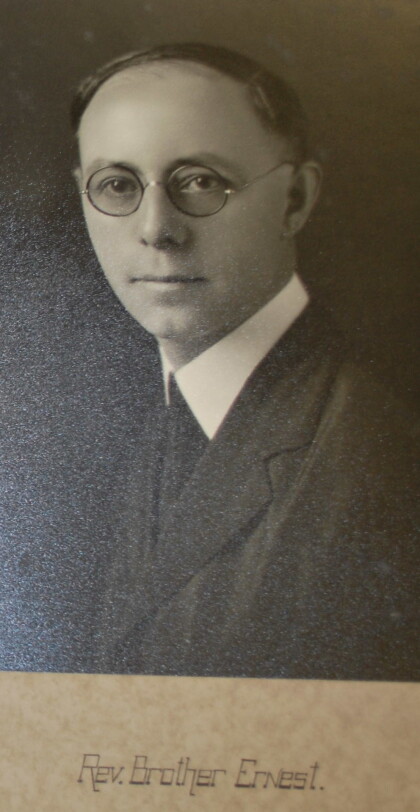
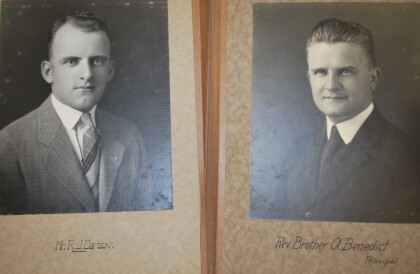
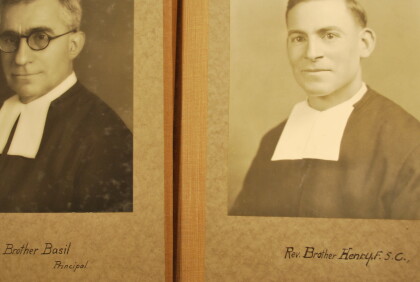
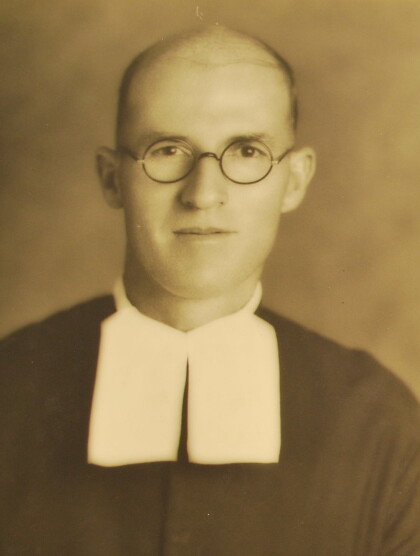
Comments
Add a comment